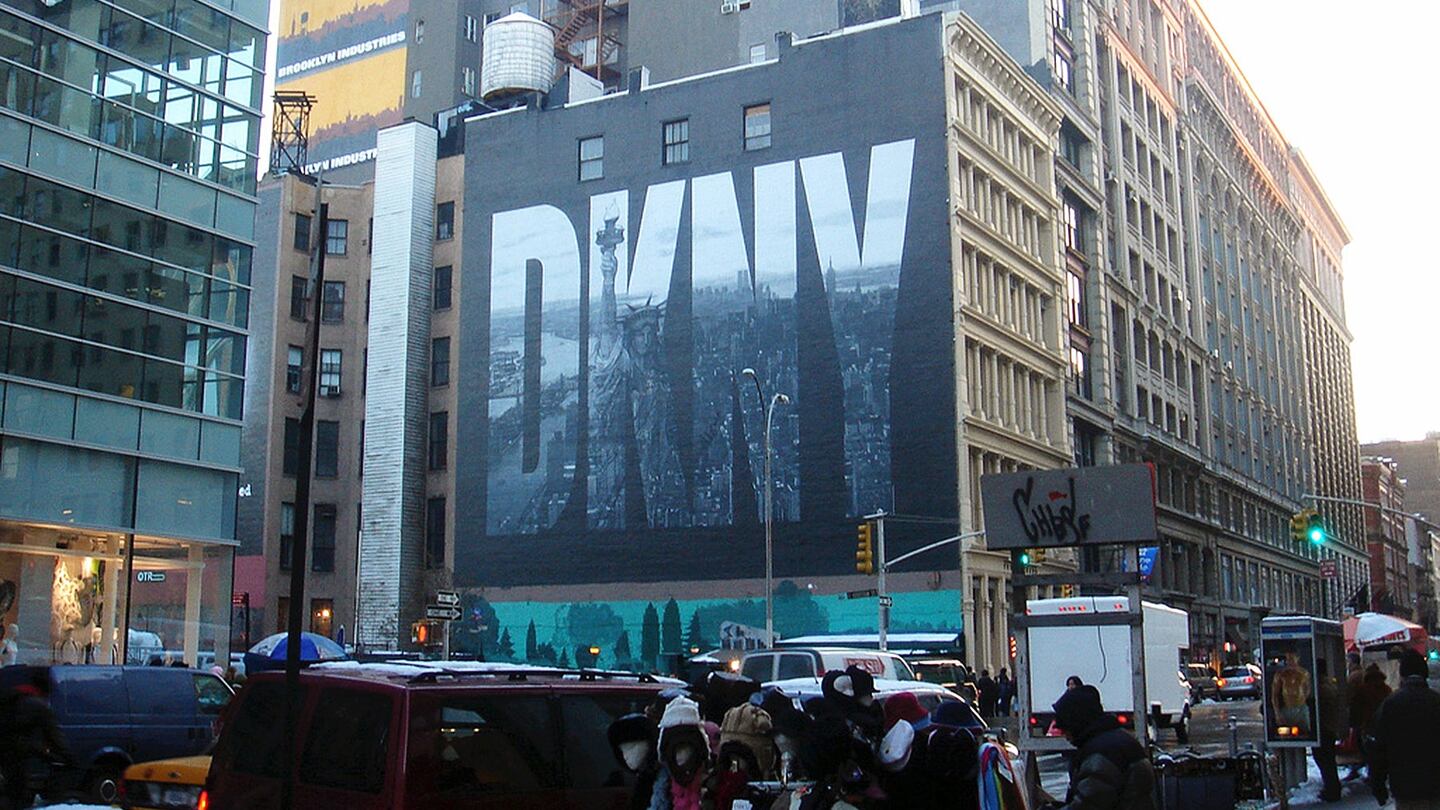
The Business of Fashion
Agenda-setting intelligence, analysis and advice for the global fashion community.

Agenda-setting intelligence, analysis and advice for the global fashion community.

LONDON, United Kingdom — When news broke this week that Donna Karan was stepping down as chief designer of her eponymous business, there may have been some sadness but there was not much surprise. The writing had been on the wall for some time.
Indeed, Ms Karan's departure had been foreshadowed in recent years. First, in a public spat with the brand’s owners at LVMH, whom she said were giving her the "cold shoulder," then with the departure of Jane Chung and arrival of Dao-Yi Chow and Maxwell Osborne at the creative helm of DKNY, and most recently with the exit of Patti Cohen, described as Karan's most loyal employee, who worked with the designer for more than thirty years.
But the biggest indicator of all was that the business was under-performing. When LVMH acquired the company in 2001, Donna Karan owned the energy of New York's bustling downtown scene, leading to the launch of DKNY and its famous mural at the corner of Houston Street and Broadway in Soho, which became a fixture until it was taken down in 2008. DKNY attempted to resurrect the wall in 2013, but by then the brand had become over-distributed, with product destined for outlet stores, and lost its edge to rising New York brands like Alexander Wang.
For the brand to succeed now, it will take new creative energy and a business model that strips out the costs associated with running two separate lines — hence the suspension of the higher-end Donna Karan line and the focus on reinvigorating DKNY under Chow and Osborne. While it's a bit surprising that a brand so closely associated with women is now creatively helmed by two men, there's no doubt that these two guys have their pulse on New York's energy. Whether they can find a new path for DKNY remains to be seen, but the stage is now clearly set for a wholesale reinvention of the business. As for Ms Karan, she will go down as one of America's most legendary fashion designers.
ADVERTISEMENT
Enjoy our top stories for the week gone by:
China's Fashion Business Billionaires
About 20 percent of China's 200 or so billionaires can thank the fashion business for at least part of their fortunes. But how did these fascinating characters get to the top?
At Paris Menswear, Designers Doing a Hedi
Gripped by the 'lethal' blend of marketing and design as perfected by Slimane's Saint Laurent, Paris was largely devoid of fresh style statements, says Angelo Flaccavento.
Inside Hosoo, the 327-Year-Old Textiles Mill Supplying Chanel and Dior
How Kyoto-based Hosoo is diversifying its traditional kimono business into art, fashion and interiors, and serving clients like Louis Vuitton, Dior and Chanel.
Amazon Fashion, Playing the Long Game
The e-commerce giant — and sponsor of New York's first-ever men's fashion week — is determined to crack fashion.
What Would a 'Grexit' Mean for Luxury Fashion?
A Greek return to the drachma could seriously disrupt the luxury fashion industry.
Why Are Female Models Appearing in Menswear Shows?
This menswear season, more female models appeared on the catwalks than ever before. Why?

Imran Amed, Founder and Editor-in-Chief
From analysis of the global fashion and beauty industries to career and personal advice, BoF’s founder and CEO, Imran Amed, will be answering your questions on Sunday, February 18, 2024 during London Fashion Week.
The State of Fashion 2024 breaks down the 10 themes that will define the industry in the year ahead.
Imran Amed reviews the most important fashion stories of the year and shares his predictions on what this means for the industry in 2024.
After three days of inspiring talks, guests closed out BoF’s gathering for big thinkers with a black tie gala followed by an intimate performance from Rita Ora — guest starring Billy Porter.